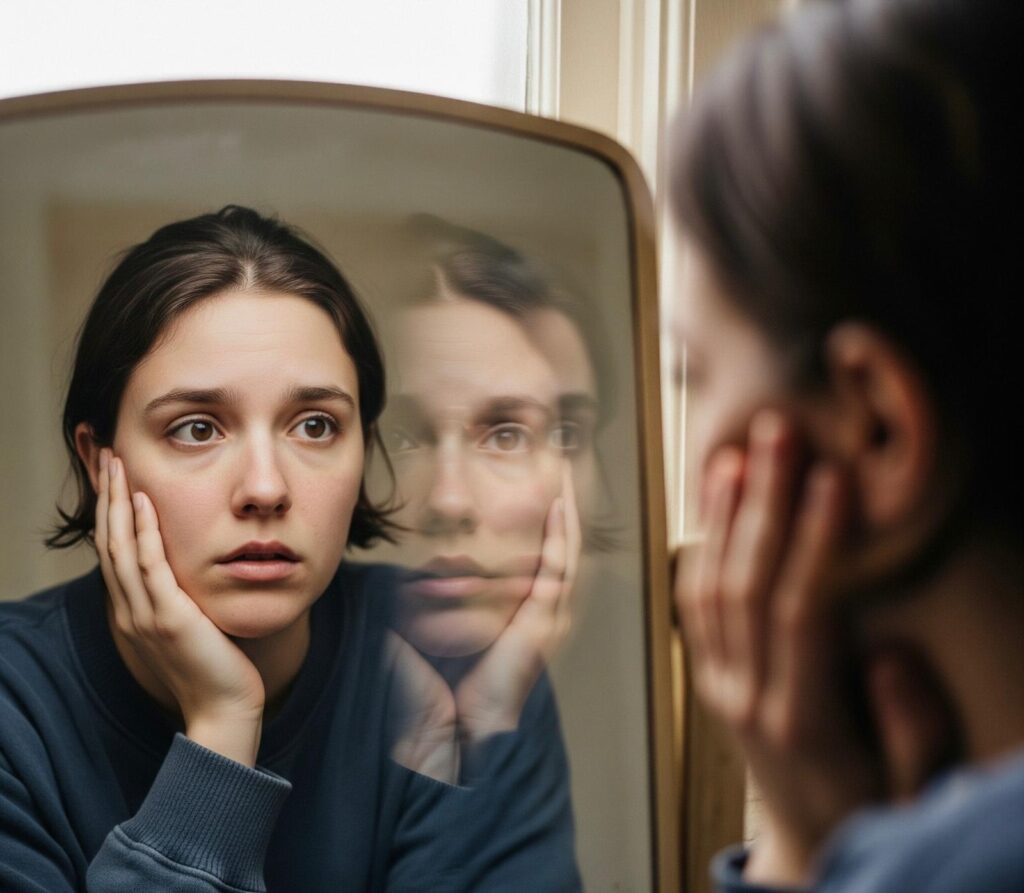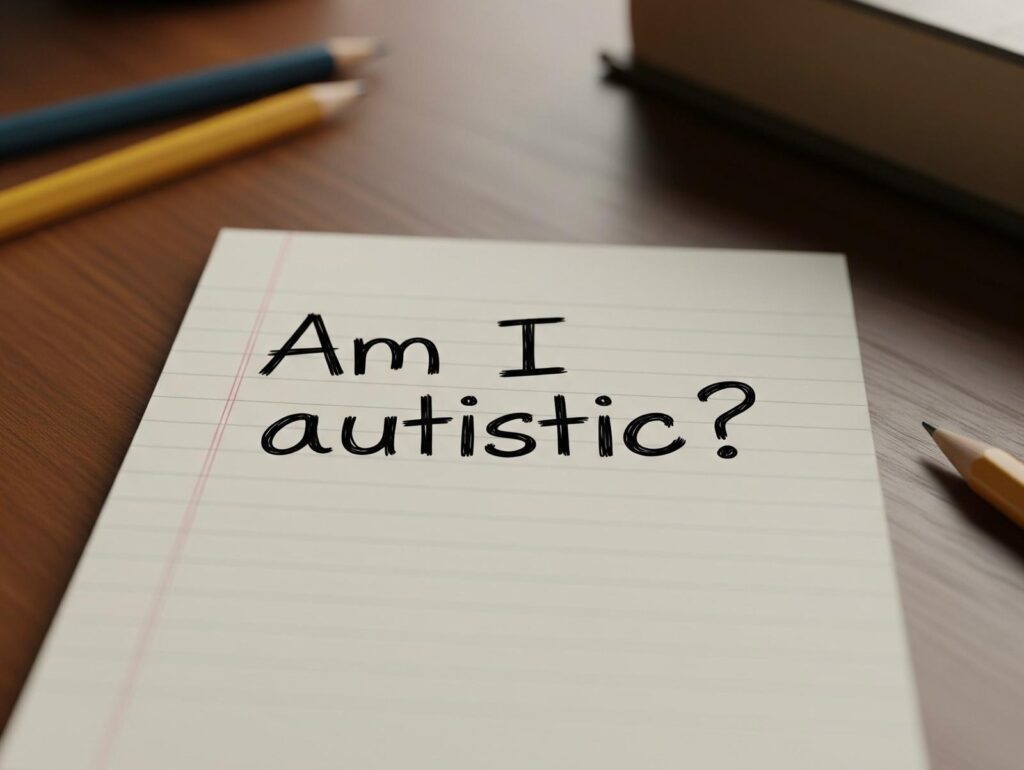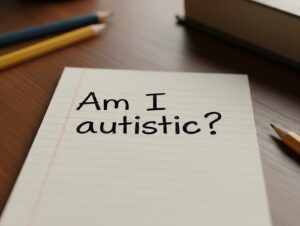Anxiety is one of the most common mental health experiences across the globe. In fact, anxiety affects more than 1 in 4 Australians at some point in their lives (Australian Bureau of Statistics, 2022). But with anxiety now part of everyday conversation—especially post-pandemic—many people are asking: Is my level of anxiety normal?
This article explores the difference between healthy, everyday anxiety and anxiety that may signal a clinical disorder. It provides insight into the symptoms, intensity levels, and evidence-based tools to help you better understand your own mental health and when to seek help.
Keywords: is my anxiety normal, anxiety levels explained, types of anxiety, signs of anxiety disorder, when to get help for anxiety, mental health support Australia, anxiety vs worry, anxiety screening test, psychologist for anxiety, online therapy Australia, anxiety symptoms checklist
What Is Normal Anxiety?
Normal anxiety is a natural emotional response to stress, uncertainty, or perceived danger. It evolved as part of our survival mechanism—the so-called “fight or flight” response that helped early humans stay alert in risky environments (Bourne, 2011). In modern life, it can help us prepare for challenges like exams, job interviews, or medical appointments.
Normal anxiety:
- Is tied to a specific situation or trigger.
- Is temporary and subsides once the stressor is gone.
- Is proportionate to the situation.
- Doesn’t significantly impair daily life.
For example, feeling anxious before a performance or public speaking is completely normal—and can even enhance performance (Yerkes & Dodson, 1908). Mild worry can act as a motivator for preparation, organisation, or taking precautions.
When Anxiety Becomes a Mental Health Concern
Anxiety becomes problematic when it:
- Persists even in the absence of a clear threat.
- Is excessive or out of proportion to the situation.
- Occurs frequently and uncontrollably.
- Interferes with work, relationships, or daily functioning.
- Leads to avoidance behaviour, sleep disruption, or physical symptoms.
These symptoms may point to an anxiety disorder, such as:
- Generalised Anxiety Disorder (GAD)
- Panic Disorder
- Social Anxiety Disorder
- Health Anxiety
- Phobias(Mayo Clinic, 2023)
Understanding the Spectrum: Levels of Anxiety
Anxiety exists on a continuum. Not all anxiety is the same, and its severity can vary widely:
1. Mild Anxiety
- Symptoms: Slight unease, restlessness, tension.
- Functioning: Still able to focus and complete tasks.
- Often experienced before presentations or big decisions.
2. Moderate Anxiety
- Symptoms: Faster heartbeat, shallow breathing, irritability, muscle tension.
- Functioning: Noticeable difficulty concentrating, but still manageable.
- May require short-term coping strategies.
3. Severe Anxiety
- Symptoms: Panic attacks, chest tightness, dizziness, obsessive thoughts.
- Functioning: Significantly impaired; may avoid certain places or responsibilities.
- Indicates the need for professional support.(APA, 2013; The Recovery Village, 2024)
Signs Your Anxiety May Not Be “Normal”
You may be experiencing clinical anxiety if you:
- Constantly worry about different aspects of life (work, health, safety, relationships).
- Avoid people, places, or activities to prevent triggering anxiety.
- Experience physical symptoms like gastrointestinal issues, headaches, or fatigue.
- Have difficulty sleeping due to racing thoughts.
- Experience anxiety that lasts longer than six months.
If these patterns are interfering with your quality of life, it’s time to consult a psychologist or GP (National Institute of Mental Health, 2024).
Self-Assessment Tools
These screening tools can help you understand your anxiety level:
- GAD-7 (Generalised Anxiety Disorder Assessment)A validated 7-question tool used by clinicians to measure the severity of anxiety.
- Zung Self-Rating Anxiety ScaleMeasures cognitive, autonomic, motor, and central nervous system symptoms.
- Subjective Units of Distress Scale (SUDS)A simple 0–10 rating of how distressed or anxious you feel right now.
While these tools are not diagnostic on their own, they can offer helpful insight (Julian, 2011).
What Causes Anxiety?
Anxiety is influenced by a combination of biological, psychological, and environmental factors:
- Genetics: Anxiety tends to run in families.
- Brain Chemistry: Imbalances in neurotransmitters like serotonin and GABA.
- Personality Traits: Perfectionism, people-pleasing, and high sensitivity.
- Trauma and Life Events: Loss, illness, childhood adversity, or job stress.
Even lifestyle factors like poor sleep, caffeine overuse, and lack of exercise can amplify anxiety symptoms (Harvard Health Publishing, 2021).
How to Manage Normal and Clinical Anxiety
1. Cognitive Behavioural Therapy (CBT)
CBT is a gold-standard treatment for anxiety disorders. It helps identify negative thought patterns and replace them with healthier thinking.
2. Mindfulness and Meditation
Mindfulness-Based Stress Reduction (MBSR) has shown consistent results in reducing anxiety symptoms (Creswell, 2017).
3. Exercise
Regular physical activity reduces stress hormones and boosts endorphins, improving mood and anxiety control.
4. Medication
In some cases, antidepressants (SSRIs) or anti-anxiety medications are prescribed by GPs or psychiatrists.
5. Lifestyle Adjustments
Limiting caffeine, improving sleep hygiene, setting boundaries, and reducing screen time can significantly ease symptoms.
If you’re unsure where to start, talking to a mental health professional can help you develop a tailored plan.
When to Seek Help
If anxiety is affecting your work, sleep, relationships, or self-worth—it’s time to reach out.
Psychologists at Therapy Near Me can support you with evidence-based treatment for anxiety and related conditions. We offer Telehealth therapy across Australia with flexible booking times.
References
American Psychiatric Association (APA). (2013). Diagnostic and Statistical Manual of Mental Disorders (5th ed.). Washington, DC: APA.
Australian Bureau of Statistics. (2022). National Study of Mental Health and Wellbeing. Retrieved from: https://www.abs.gov.au
Bourne, E. J. (2011). The Anxiety and Phobia Workbook (5th ed.). Oakland, CA: New Harbinger Publications.
Creswell, J.D. (2017). Mindfulness Interventions. Annual Review of Psychology, 68, pp.491–516.
Harvard Health Publishing. (2021). Understanding Anxiety. Retrieved from https://www.health.harvard.edu
Julian, L.J. (2011). Measures of anxiety: State-Trait Anxiety Inventory (STAI), Beck Anxiety Inventory (BAI), and Hospital Anxiety and Depression Scale-Anxiety (HADS-A). Arthritis Care & Research, 63(S11), S467–S472.
Mayo Clinic. (2023). Anxiety disorders – Symptoms and causes. Retrieved from https://www.mayoclinic.org
National Institute of Mental Health. (2024). Anxiety Disorders. Retrieved from https://www.nimh.nih.gov
The Recovery Village. (2024). Levels of Anxiety: Mild, Moderate, and Severe. Retrieved from https://www.therecoveryvillage.com
Yerkes, R. M., & Dodson, J. D. (1908). The relation of strength of stimulus to rapidity of habit-formation. Journal of Comparative Neurology and Psychology, 18(5), 459–482.
Discover more from Therapy Near Me
Subscribe to get the latest posts sent to your email.







